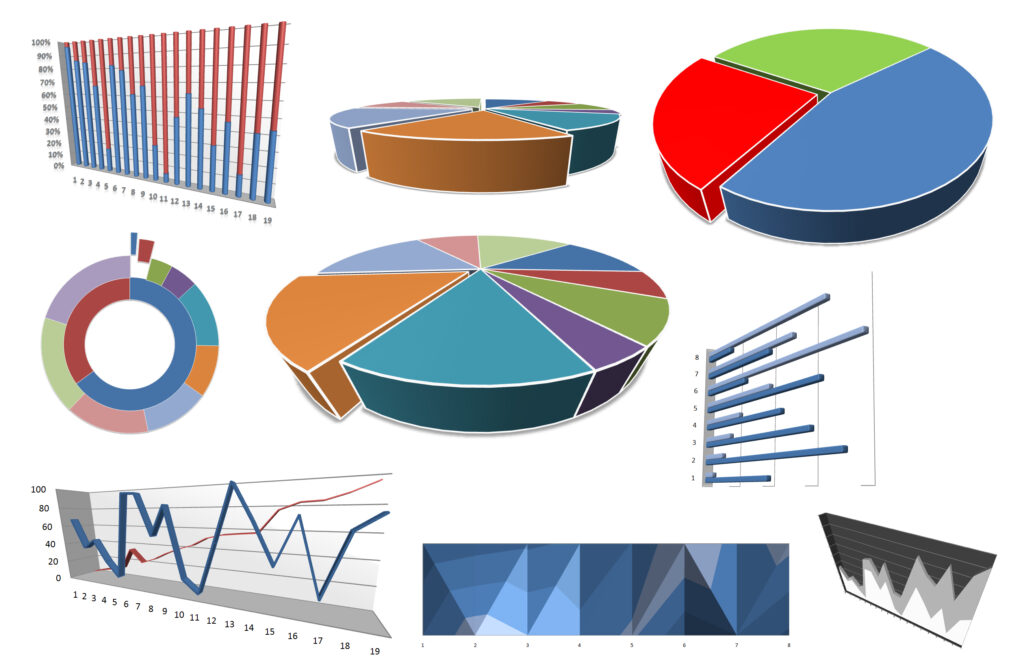Part Three: Implementing A System for Engagement
[Part 3 of 3: This three-part article addresses the current environment in collegiate athletics related to the student-athlete experience. Athletics directors and other campus administrators need to engage student-athletes in meaningful and systematic ways to promote communication, trust and accountability. The student-athlete experience must enhance overall educational goals at every institution. Find out how we can help with our student-athlete experience assessment services.]
Because Anecdotal Stories Aren’t Enough
Once you’ve acknowledge the need to engage student-athletes and you’ve established a culture that actively seeks student-athlete feedback, you need the right strategy and tools to make it all work. Effectively collecting and analyzing feedback will provide the department with meaningful data, rather than just anecdotal stories commonly used to justify resources or other needs.
The Relationship Foundation
Before any method for engaging student-athletes will be effective, a trust-based relationship between student-athletes and the athletics department must exist. Student-athletes often are reluctant to provide any critical feedback for fear of being “found out” which, in their minds, leads to compromising or jeopardizing their status on their team. Even “anonymous” surveys can put student-athletes in a defensive posture. Utilizing an outside third party (or even the Faculty Athletics Rep) can provide a layer of confidentiality that student-athletes will appreciate.
Three Keys:
- A Culture of Trust Requires Accountability
- Accountability Requires Communication
- Communication Requires Relationships
The more regularly and systematically a department engages its student-athletes, the more it becomes part of the “norm” and culture. When student-athletes understand that their opinions are valued, and they see evidence that their voices have been heard, a culture of trust is achieved and highly effective assessment can take place.
Ask a silly question… : Know what you want to know.
Many institutions utilize some kind of survey format, usually at the end of each sport season and usually focused only on coaching feedback. The two main issues with many of these are 1) not asking questions that provide you with meaningful data and 2) not doing anything with the data that is collected.
Developing a survey takes time and thoughtfulness. You need to begin with the end in mind: what is it that you want to find out?
The right questions begin by understanding the answers you seek. Asking “Are you satisfied with your athletics experience — Yes | No” may provide data that says 80% of student-athletes are satisfied with their experience, but what does that really mean? It is much more effective to ask about specific aspects of the experience which will provide much more clarity and depth.
It’s important to also be clear what you are asking student-athletes to rate or comment about. For example, some surveys only are focused on coaching “satisfaction” or ask about coach’s knowledge and ability. Both of these things are dangerous and loaded topics. Responses can be emotionally charged depending upon the student-athlete’s playing time or relationship with the coach. Coaches don’t like these questions and rightly so. They feel their student-athletes are evaluating them as coaches.
It is important, however, to ask student-athletes about their perceptions and experiences with their head coaches. Effective communication, professionalism and general management of the team are key areas to investigate because they all have an impact on the student-athlete experience.
Secondly, once you have the data you need to do something with it. Going through the exercise of collecting data is useless and meaningless unless you spend time analyzing what the data says. In many cases it will reinforce and reaffirm what your instincts tell you, but there are often issues or concerns raised that were not on your radar.
The right tool for the job: Methods for Engagement
Several ways to engage student-athletes exist and each has their strengths and limitations. While utilizing a single method is better than doing nothing, a combination of methods works most effectively. Surveys are common and can provide quantitative data. Focus groups and interviews, qualitative methods, provide much greater depth of meaning and understanding.
PAPER SURVEYS. Pen and paper surveys, administered by the AD, SWA or FAR with an entire team sitting in a classroom can be effective for getting 100% participation, but student-athletes feel far less anonymous, and therefore much less safe. They know their handwriting might be distinguishable even without their name on the survey. Open ended responses may be abrieviated, less forthright or simply left blank. Paper surveys also require someone to tabulate all responses and report on them, consuming valuable time and human resources.
ELECTRONIC SURVEYS. Many program have moved to using web-based surveys, utilizing free tools such as SurveyMonkey. While this method helps promote anonymity, response rates can suffer if a simple email blast to student-athletes is used. Persistence is required, but participation rates will improve as everyone in the department, including coaches, buys into the importance of engagement student-athletes for their feedback.
FOCUS GROUPS. Facilitated groups of student-athletes can fuel extremely fruitful discussion about a variety of topics that organically surface within the group. Individuals build off of one another’s comments, share perspectives and educate others and themselves.
INTERVIEWS. One-on-one dialogue reveals detailed experiences and opportunities to clarify ambiguous answers or comments.
Comprehensive Approach
A thorough inquiry into the experiences of student-athletes requires a plan for engagement utilizing a combination, if not all, of the above methods. Collecting specific data from different segments of your student-athlete population further reveals important insights that can help improve effectiveness and direct resources. A few examples include:
Student-Athlete Advisory Committee
Another critical piece to developing a strong engagement culture is the effective utilization of your Student-Athlete Advisory Committee. If your SAAC is engaged in meaningful work, it can do wonders to support your overall student-athlete engagement efforts. [More here about SAACs.]
Former Student-Athletes: A Broader Perspective
Regardless of maturity level, it is hard for any current student-athlete to fully understand and appreciate his or her experiences as they are happening. With the benefits of separation and time, former student-athletes can reflect on their experiences and offer perspectives that often differ than current student-athletes.
Senior Exit Surveys / Interviews
Too many of these start by stating “…the NCAA requires institutions to survey student-athletes…” which sends the wrong message completely. Senior should be engaged with different questions than others because they have been a part of the program longer than others (in most cases). But if this is the only method of engaging student-athletes, the department is missing out on valuable information from underclassmen.
First-year Student-Athletes
An effective way to assess progress is to engage first-year student-athletes and compare those responses to answers as seniors. It also provides a way to learn about incoming student-athlete expectations as well as their recruitment experience.
Engaging The Right People
A commitment to improving the student-athlete experience requires everyone in the department to buy into the concept of assessment. Coaches, administrators, sports medicine, academic support, game management staff and others all must clarify ways in which their jobs contribute to the student-athlete experience and annually identify specific objectives for support and growth.
Keys to Good Student-Athlete Engagement Systems
There are several key ingredients that will help develop your feedback systems, but these three are essential:
- CONSISTENCY. Don’t just ask student-athletes about their experiences when there is a problem. This opens the door to jumping on the bandwagon. Regularly scheduled inquiry, at least annually, builds trust and establishes a positive culture of communication.
- BREVITY. Surveys need to be short enough to keep student-athletes’ attention but thorough enough to get important feedback. If it takes more than 10 minutes to complete the survey it’s too long.
- ACTION. Student-athletes need affirmation that their voices were heard and valued. Even if no significant actions are taken to address student-athlete feedback, communication that acknowledges their time and energy to provide their opinions will build trust.
Follow us on Twitter at @MajeskiMark
Subscribe to our weekly Perspective on Athletics podcast on iTunes.

